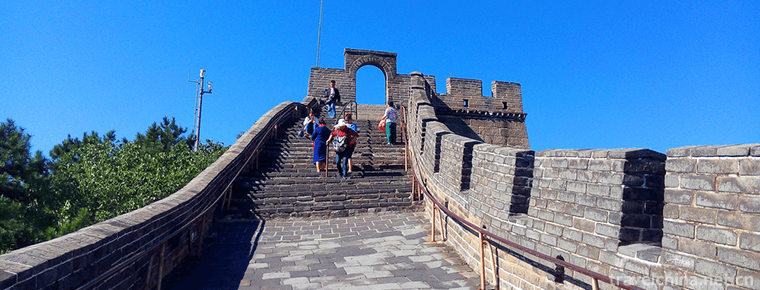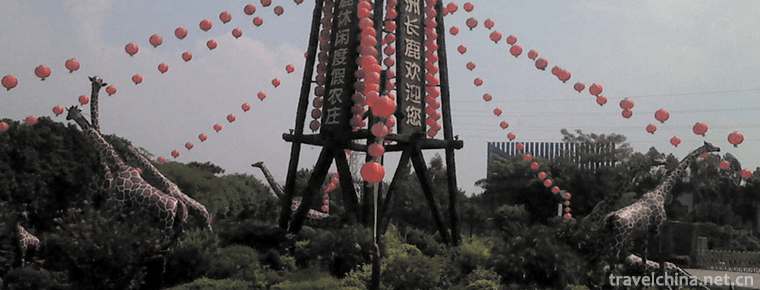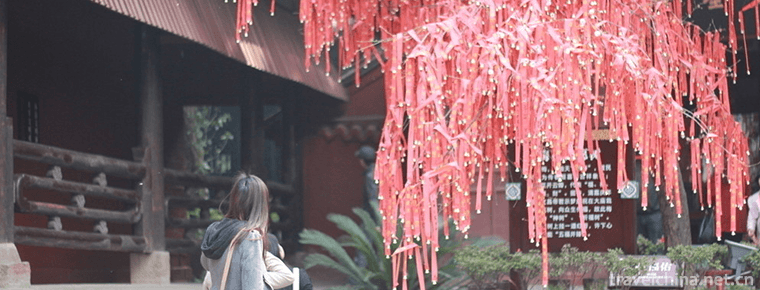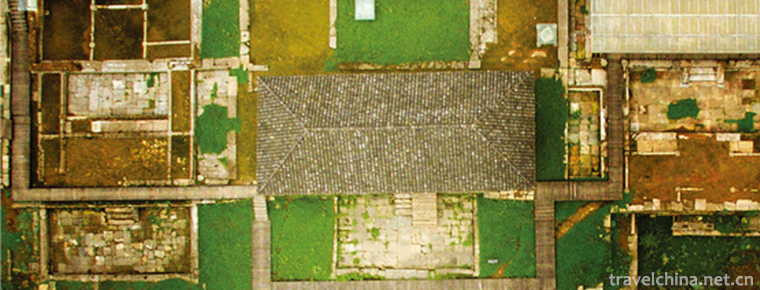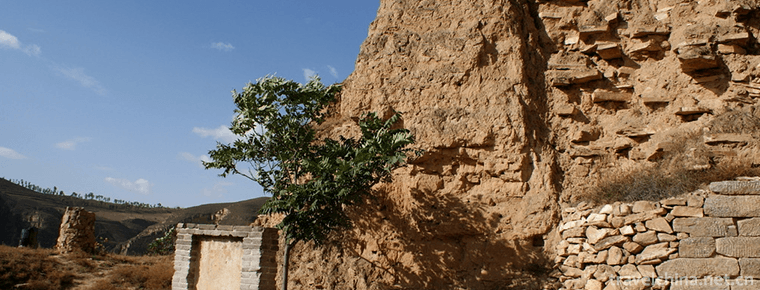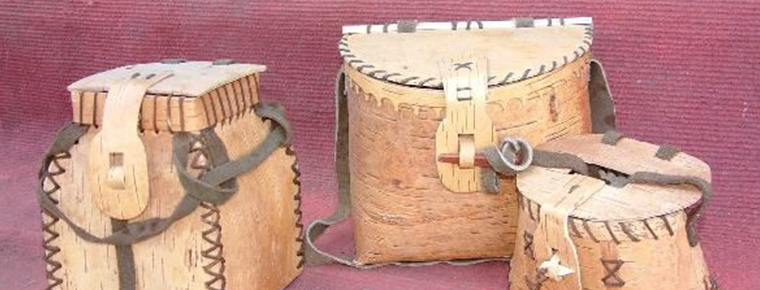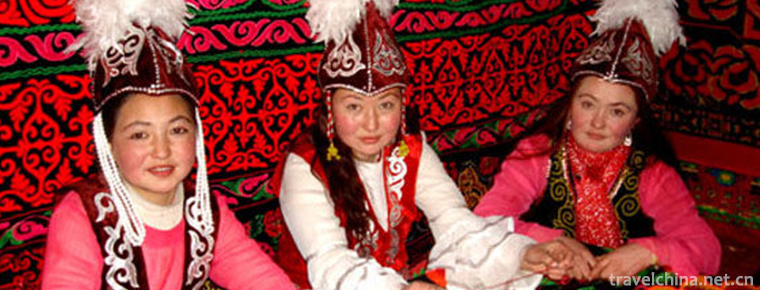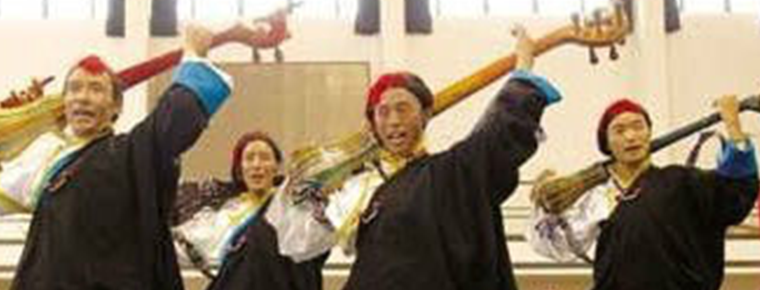Traditional preparation methods of traditional Chinese medicine
Traditional preparation methods of traditional Chinese medicine
Traditional Chinese medicine preparation method, one of the traditional Chinese medicine, is declared by the Chinese Academy of Traditional Chinese Medicine and the Chinese Association of Traditional Chinese Medicine. It is one of the national intangible cultural heritages.
Under the guidance of traditional Chinese medicine theory, traditional Chinese medicine preparations are processed from traditional Chinese medicine as raw materials to produce drugs with certain specifications that can be directly used for disease prevention and treatment. The most representative traditional formulations are pills, powder, ointment and dan. For thousands of years, traditional Chinese medicine preparations have accumulated rich experience and formed unique preparations technology in the medical practice of doctors of past dynasties, which is an important part of the treasure house of traditional Chinese medicine.
On May 20, 2006, the traditional Chinese medicine preparation method was approved by the State Council of the People's Republic of China and listed in the first batch of national intangible cultural heritage list, No. IX-4.
History of Development
In Xia Yu's time, the working people of China discovered the function of wine by brewing wine, and made medicinal liquor. At the same time, they found koji. By Shang Dynasty, decoction had been widely used. In the Eastern Han Dynasty, there were already known about the pharmaceutical theory and preparation rules. It was pointed out that "those who were suitable for pills, dispersions, decoctions, wine stains, and soups should not be violated with medicinal properties". It is emphasized that dosage forms should be selected according to their properties. On the basis of soup, pills, powder, ointment and wine, Zhang Zhongjing has created more than ten formulations, such as sitting agent, conducting agent, lotion, ear drops, syrup and organ preparation. Moreover, the preparation method is relatively complete, and the usage, dosage and indication are clear. Gehong in Jin Dynasty created pills by using the adhesive force of medicine itself, as well as lead paste, wax pills, concentrated pills, ingots, bars, moxibustion and other dosage forms. In the Jin and Yuan Dynasties, pill coating was invented, while in the Ming Dynasty, the new technology of "cinnabar as coating" was invented. Li Shizhen of the Ming Dynasty was a master. The methods of pharmaceutical preparations before the 16th century were summarized and more than 40 kinds of pharmaceutical formulations were recorded.
With the progress of modern science and technology, new dosage forms, new techniques and new technologies of traditional Chinese medicine (TCM) are emerging constantly, which enriches the dosage forms of TCM preparations. However, the traditional preparation technology has been challenged and impacted unprecedentedly. Besides the decoction is still the preferred dosage form of traditional Chinese medicine, pills, powder and ointment are still widely used. Some traditional dosage forms and technologies have been lost or are being eliminated, including many traditional technologies. Therefore, it is necessary to protect it in order to realize inheritance and development.
The state attaches great importance to the protection of intangible cultural heritage. On May 20, 2006, the traditional Chinese medicine preparation method was approved by the State Council and listed in the first batch of national intangible cultural heritage list. On June 5, 2007, the Ministry of Culture confirmed that Yan Zhenghua of the Chinese Academy of Traditional Chinese Medicine and Zhang Boli of the Chinese Association of Traditional Chinese Medicine were the representative successors of this cultural heritage project, and were included in the list of 226 representative successors of the first batch of national intangible cultural heritage projects.


-
Canton Tower
Located in Guangzhou Haizhu District (Yizhou Island) near the Chigang Tower,.
Views: 160 Time 2018-10-12 -
The Badaling Great Wall
Juyongguan Great Wall is a famous ancient city along the Great Wall of Beijing and a national cultural relic protection unit. It is a national AAAA scenic spot assessed by Beijing Tourism Bureau.
Views: 317 Time 2018-12-09 -
Chuanlord Tourism & Leisure EXPO Park
Chuanlord Tourism & Leisure EXPO Park ,Changlu Tourism Xiubo Park, or Changlu Environmental Protection Holiday Farm (hereinafter referred to as "Changlu Farm").
Views: 502 Time 2018-12-12 -
Qiqu Mountain Scenic Area
Qiqu Mountain Scenic Spot is located about 9 kilometers north of Zitong County, Mianyang City, Sichuan Province. It is located at the southern end of Jianmen Shudao Scenic Spot..
Views: 137 Time 2018-12-17 -
Hailongtun Site
Hailongtun is located on the top of Longyan Mountain, about 28 kilometers northwest of Zunyi City, Guizhou Province. It is also called Hailongdun, Longyantun and Longyantun..
Views: 164 Time 2019-01-13 -
Hefei Intangible Cultural Heritage Park
Hefei Intangible Cultural Heritage Park project is located in Changfeng County, Hefei City, China. The project covers an area of about 3500 mu, with a total investment of 500 million yuan and a constr.
Views: 165 Time 2019-01-13 -
Hohhot Laoniuwan Tourist Area
Laoniu Bay is located at the entrance of Shanxi-Shaanxi Grand Canyon. This is the Great Wall, the only typical parallel section of the Yellow River. The widest part of the river is not more than 100 m.
Views: 159 Time 2019-01-16 -
Chengdu lacquer art
Chengdu lacquer art, the traditional handicraft of Chengdu City, Sichuan Province, is one of the national intangible cultural heritage..
Views: 158 Time 2019-04-18 -
Craft of birch bark making
Birch bark making techniques, Oroqen Autonomous Banner of Inner Mongolia Autonomous Region, local traditional handicraft of Heilongjiang Province, one of the national intangible cultural heritage..
Views: 174 Time 2019-05-04 -
Kirgiz embroidery
Kirgiz embroidery is a traditional embroidery in Wensu County, Xinjiang Uygur Autonomous Region, China. Kirgiz women are good at embroidery. They embroider various delicate patterns on headscarves, pi.
Views: 280 Time 2019-05-09 -
Lhasa nun Ma
Lhasa Bauma refers to a comprehensive music and dance art style which has a huge structure and contains poems, songs, dances and music, which is spread in Lhasa, Shigaze and Jiangzi of Tibet. .
Views: 296 Time 2019-05-10 -
Legend of the ancestors of Khitan
The legend of the ancestors of Qidan is a folk legend that is spread in Pingquan County, Hebei Province, China. According to legend, the ancestors of Qidan were born on the Futu River in Mayushan.
Views: 112 Time 2019-06-10

